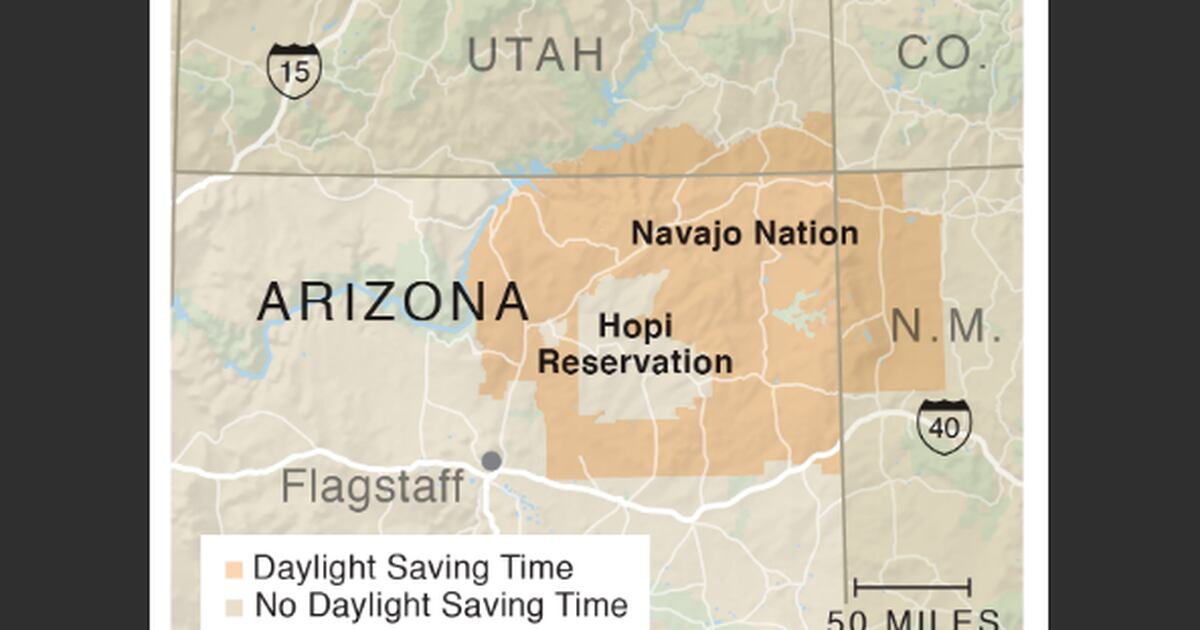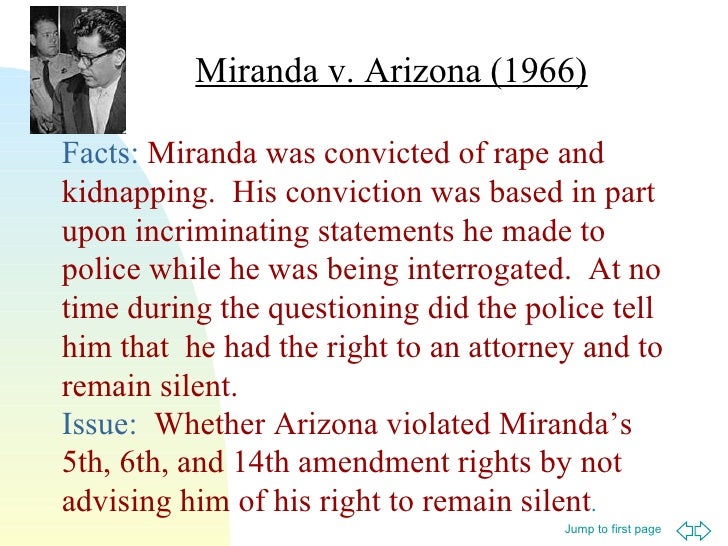With the exception of the Navajo Nation Arizona does not set the clocks forward 1 hour in spring for DST with the rest of the United States. March 14 2021 marks the start of Daylight Saving Time for most of the United States.
 Have An Extra Hour Try Passing Through The Daylight Saving Doughnut
Have An Extra Hour Try Passing Through The Daylight Saving Doughnut
Daylight Saving Time DST Not Observed in Year 2021.

Does arizona do daylight savings. They dont need longer days. So does Hawaii the only other state that doesnt observe daylight saving time. For now Arizona follows its own clock.
Arizona previously observed Daylight Savings beginning in 1918 but made the permanent change to Standard time in 1968. Does Arizona Have Daylight Saving Time. Arizona does not observe Daylight Saving Time DST from March through November each year so for half the year the time in Phoenix Flagstaff and other cities in Arizona will be different than other places in the Mountain Standard Time MST zone.
Daylight Savings Time DST exists mainly as a means of energy conservation with the thought that more sunlight in the evening means using less electricity for lightsThis was especially important during World War I and World War II when the country. Phoenix currently observes Mountain Standard Time MST all year. Arizona hasnt observed Daylight Saving Time since 1967 mostly due to energy conservation.
DST data from before 1970 is not available for Scottsdale USA. Daylight Saving Time DST is nearly here in the United States meaning the clocks will go forward at 2am on March 8 to allow for an extra hour of daylight. But in most of the state the scheme worked in reverse.
Adopted the Uniform Time Act which set the guidelines for daylight saving time. March 8 2020 marks the start of Daylight Saving Time for most of the United States. DST is no longer in use.
Try selecting a different year below. But unlike almost everywhere else Arizona doesnt observe Daylight Saving Time. Imagine putting the kids to bed at 9 pm.
Heres a newsflash. Arizona is one of two states Hawaii is the other that do NOT honor daylight-saving time. Clocks do not change in Phoenix USA.
The previous DST change in Phoenix was on October 29 1967. Daylight Saving Time has not been used since our records start in 1970. Mountain Standard Time.
Does Arizona not participate daylight saving. Daylight savings ends at 2 am. And its 90 degrees outside.
Most of Arizona has no Daylight Saving Time. Territories that do not observe daylight saving time include American Samoa most of. Almost all of Arizona is on the same time.
For Arizona it started in 1967 shortly after the US. Air conditioners had to run longer. Arizona does not observe Daylight Savings with the exception of the Navajo Nation.
According to the Congressional Research Service the states and US. For Arizona it started in 1967 shortly after the US. On Sunday when most Americans fall back and set their clocks back one hour essentially gaining one hour of daylight according to the Old Farmers Almanac.
But unlike almost everywhere else Arizona doesnt observe Daylight Saving Time. Giving Arizonans more sunlight in the summer is like donating water to the passengers aboard the sinking. In most of the country an extra hour of daylight supposedly saved fuel used to heat and light buildings.
How does it affect Arizonans and their businesses. Arizona participated in daylight saving time in 1967 but energy consumption soared. The only exception is the Navajo Nation where clocks spring forward 1 hour together with the rest of the United States on the second Sunday in March and fall back again on the first Sunday in.
Adopted the Uniform Time Act which set the guidelines for daylight saving time. Daylight Saving Time DST Not Observed in Year 2021. Some wise Arizonans figured out there was no good reason to.
Scottsdale currently observes Mountain Standard Time MST all year. Most of Arizona does not use DST.
The State of Arizona plaintiff charged Miranda with kidnapping and rape. Arizona by saying that a confession could be forced through psychological pressures as well so those have to be thrown out too.
Miranda V Arizona 1966 U S Conlawpedia
Evidence of each confession was used at trial.

Miranda v arizona summary. Miranda was taken into custody by police for purposes of interrogation where he later confessed. Arizona the court was tasked with. At trial the court admitted his confession and a jury convicted him.
The Supreme Court of Arizona affirmed Mirandas conviction. Explore the Miranda v Arizona Court Case through our video that summarizes the main events of the case. He voluntarily participated in a police line-up.
Miranda suffered from a mental illness. Supreme Court on June 13 1966 established a code of conduct for police interrogations of criminal suspects held in custody. Miranda was convicted and appealed.
Ernesto Miranda whose name is now attached to the famous decision was brought in by Phoenix police officers as a person of interest in the kidnapping and rape of an 18-year-old girl. A Case Name and Citation Miranda v. Justice Clark both agreed and disagreed with the ruling of the court.
Created for our 10th grade government classEditing. Justice Clark dissented in Miranda v. Remember this Supreme Court case actually involves four separate cases.
In the Supreme Court case Miranda v. United States which included the precedent that any confession gained by the police through compulsory forced means has to be thrown out and not used in court. Miranda was not informed of his Fifth Amendment right to remain silent or right to have counsel present.
Chief Justice Earl Warren writing for a 54 majority held that prosecutors may not use statements made by suspects under questioning in police custody unless certain minimum procedural safeguards. 436 1966 B Summary of the Facts Ernesto Miranda was arrested for kidnapping and raping a woman. Miranda was eventually convicted but appealed to the Supreme Court in 1966 claiming his confession was unconstitutional.
Arizona legal case in which the US. United States just like Harlan and White did but concurred agreed with California v. This confession was then in turn used against him during trial which lead to him being found guilty.
Arizona a custodial confession case decided two years after Escobedo the Court deemphasized the Sixth Amendment holding of Escobedo and made the Fifth Amendment self-incrimination rule preeminent340 The core of the Courts prescriptive holding in Miranda is as follows. The prosecution may not use statements whether exculpatory or inculpatory. Daniela GuerreroMcalister Akwete KAP Government and Politics9 January 2013.
When the line-up was over police interrogated Miranda for two hours until he confessed to the crime. Warren connects this last point to Miranda v. Case Summary of Miranda v.
New York and Westover v. As a result Miranda was interrogated and eventually confessed to committing the crime.
ads
